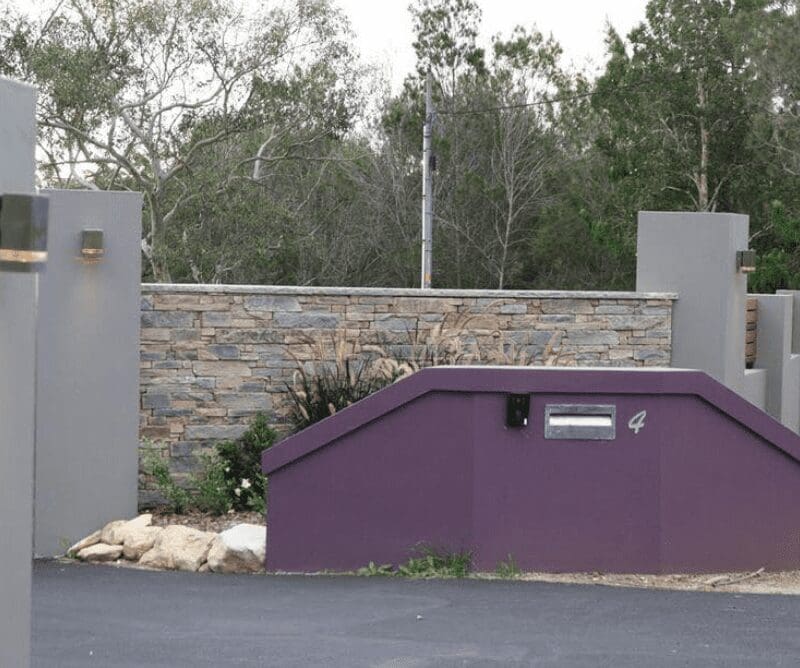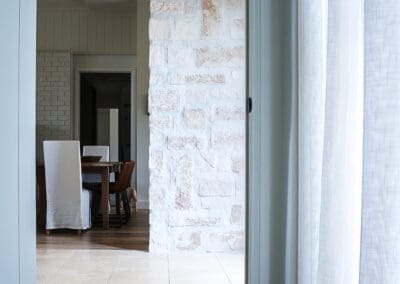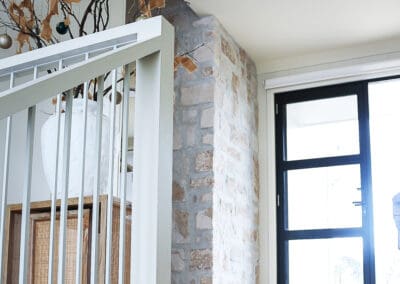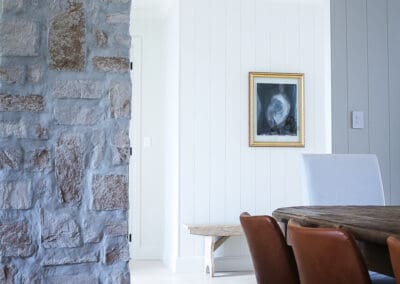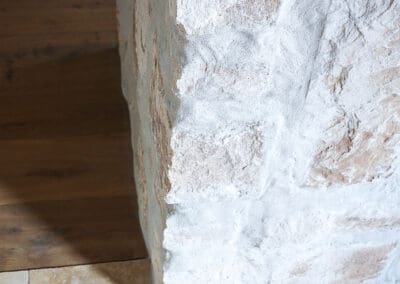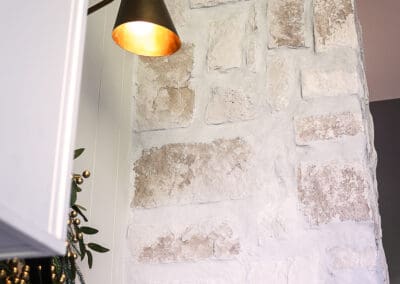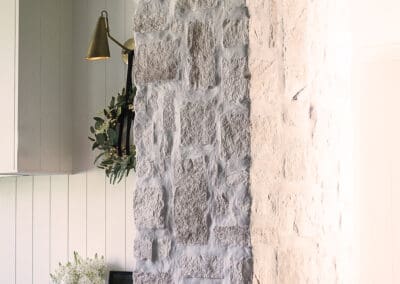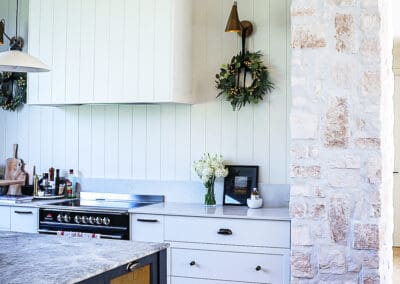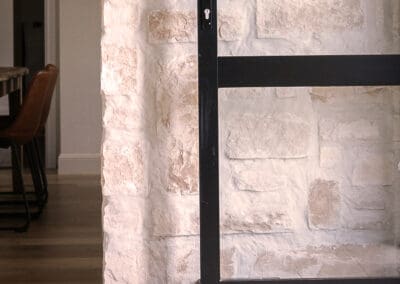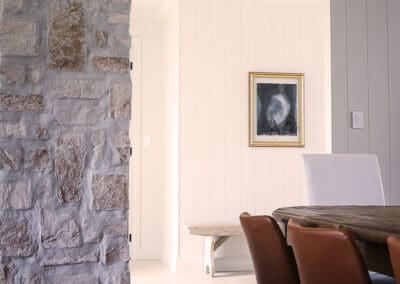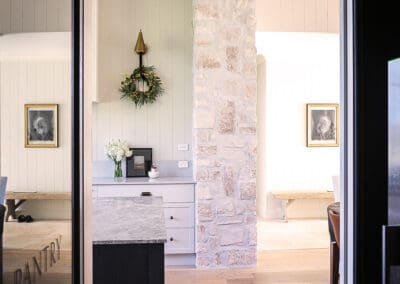Comprehensive Guide to Stone Veneer Cladding – Installation
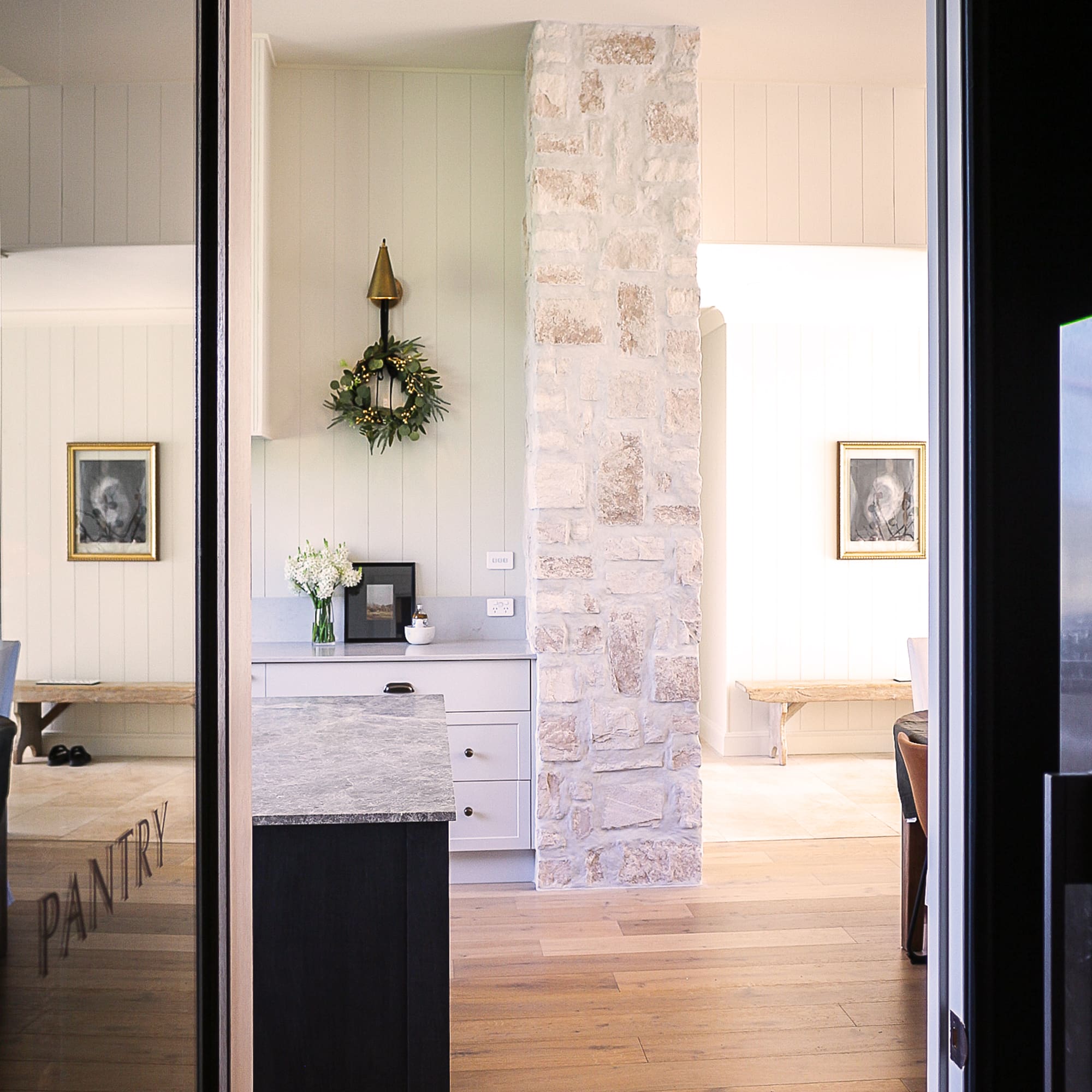
Stone Veneer Cladding adds a touch of elegance to interior and exterior walls, offering a natural aesthetic. Successful installation involves meticulous planning and adherence to manufacturer guidelines. In this comprehensive guide, we delve into the key considerations, step-by-step procedures, and options provided by industry leaders: MAPEI, LATICRETE, and ARDEX.
Key Considerations:
1. Compliance with Standards:
Adhering to relevant standards, guidelines, and codes is paramount. Each manufacturer integrates these into their systems to ensure safety and quality.
2. Substrate Preparation:
The foundation of any successful installation lies in a well-prepared substrate. Ensuring cleanliness, structural integrity, and suitability for stone cladding are fundamental.
3. Waterproofing Solutions:
Longevity of the installation relies on effective waterproofing. Each system, MAPEI, LATICRETE, and ARDEX, offers specific instructions and variations to address this critical aspect.
Installation Steps:
Substrate Preparation:
Clean and Assess:
Clean substrates thoroughly, removing any contaminants. Seek professional advice for substrates, especially in challenging external environments.
Substrates must be structurally sound, dry, solid, and stable. Mechanical removal of any laitance, dust, grease, oil, paint, or curing compounds is necessary, followed by cleaning and preparation in accordance with relevant standards and technical data sheets.
For substrates like plasterboard, fiber cement boards, and plywood, it’s crucial to consult substrate manufacturers for suitability in external environments. Mechanical fixings, such as metal angles or pin fixings, are recommended for specific conditions.
Waterproofing:
Membrane Application:
Follow manufacturer instructions for membrane application, ensuring comprehensive coverage. Pay special attention to junction sealing.
Waterproofing is accomplished using specific products like MAPELASTIC SMART (MAPEI), LATICRETE HYDRO BAN, and ARDEX’s waterproofing solutions. Application methods may involve trowels, rollers, brushes, or sprays, with additional reinforcement for specific substrates.
Adhesive Application:
Selecting the Right Adhesive:
Adhesive choice varies based on manufacturer recommendations. It is crucial to ensure proper coverage, apply with the right pressure, and adhere to curing times.
Adhesives like KERAQUICK MAXI S1 (MAPEI), LATICRETE MVIS Masonry Veneer Mortar, and ARDEX’s latex-portland cement thin bed adhesive offer flexibility and strong bonding. Adhesive application involves ensuring a “fresh” state, pressure application, and back-buttering for effective stone attachment.
Grouting:
Choosing the Appropriate Grout:
Tailor the grout selection to project requirements. Allow ample curing time and follow recommended cleaning procedures.
Grout options such as ULTRACOLOR PLUS (MAPEI), LATICRETE PERMACOLOR Grout, and ARDEX’s latex-portland cement grout provide flexibility, anti-efflorescence properties, and quick setting. Proper joint filling and dressing contribute to the desired finish.
Movement Joints:
Industry-Recommended Installation:
Follow industry guidelines for installing movement joints. Utilize specified sealants to guarantee flexibility and durability.
Movement joints, as per AS 3958.1-2007, are vital for accommodating substrate movement. Sealants like LATICRETE LATASIL™ are employed, and proper spacing and sizing are calculated by architects or engineers.
Protection and Maintenance:
Shielding from the Elements:
Safeguard the finished work during construction, particularly from exposure to rain. Consider site conditions for optimal material curing.
Routine Cleaning and Resealing:
Regular cleaning and resealing, as advised by manufacturers, are essential for sustained beauty and functionality.
Manufacturer Systems Overview:
MAPEI Method:
MAPEI provides a robust system with a focus on substrate preparation, waterproofing, adhesive application, and grouting. The method emphasizes compliance with standards and guidelines.
LATICRETE Method:
LATICRETE’s approach involves detailed substrate examination, waterproofing/crack isolation, and precise thin-bed adhesive application. Their 15 and 10-year warranty systems cater to various needs.
ARDEX Method:
ARDEX contributes a comprehensive system that encompasses substrate examination, waterproofing, thin bed adhesive application, and grouting. Their scope includes specific considerations for steel or wood-framed exterior facades.
In-Depth Exploration of Stone Cladding Options:
The choice of stone materials plays a crucial role in the installation process. Each manufacturer provides guidelines for different stone types, addressing issues like warping and staining. It’s recommended to consult the manufacturer/supplier for specific recommendations and guidelines.
Conclusion:
Engaging with the technical services provided by MAPEI, LATICRETE, and ARDEX can significantly enhance project planning and execution. Each manufacturer’s commitment to quality and longevity ensures that your Stone Veneer Cladding installation stands the test of time, exuding both beauty and durability.
This comprehensive guide serves as a roadmap for a successful Stone Veneer Cladding installation, combining industry expertise, innovative solutions, and a commitment to excellence.
Be Inspired by our Gallery
Designed and manufactured in Australia, Veneer Stone is made from a blend of crushed sandstone with less than 1% natural colour pigments. All stone comes in tile form, from 20 to 43 millimetres thick, and is easy to install. Pre-fabricated corners and capping are highly recommended for creating a refined solid stone look.
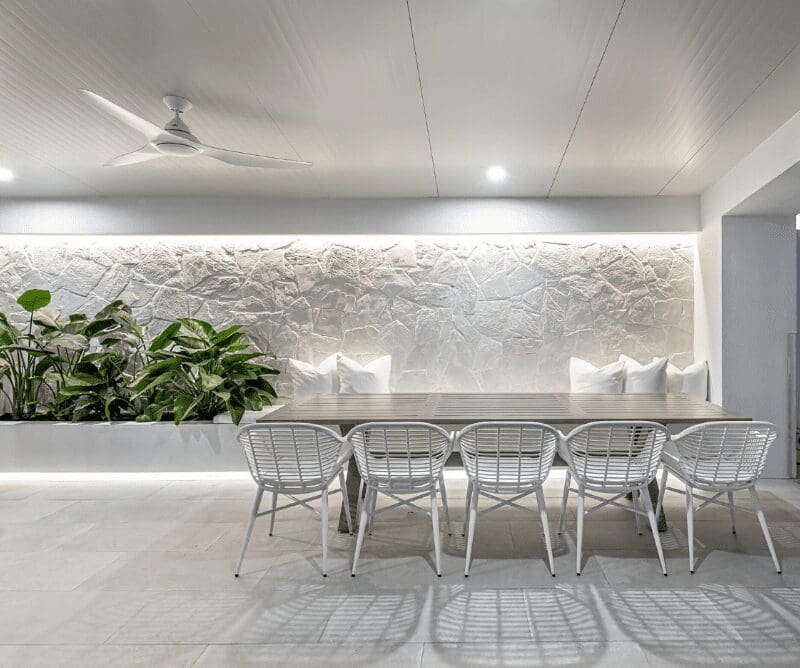
Feature Walls
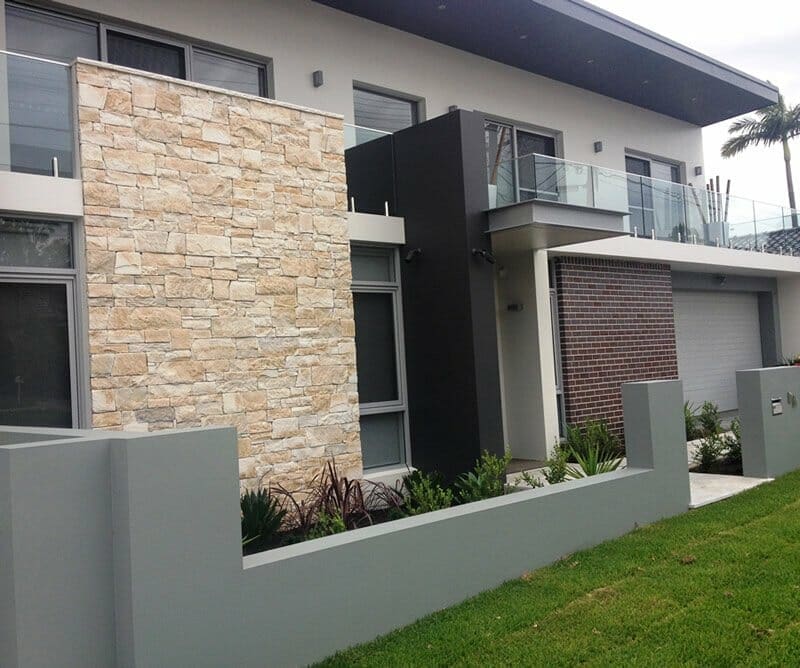
Building Facades
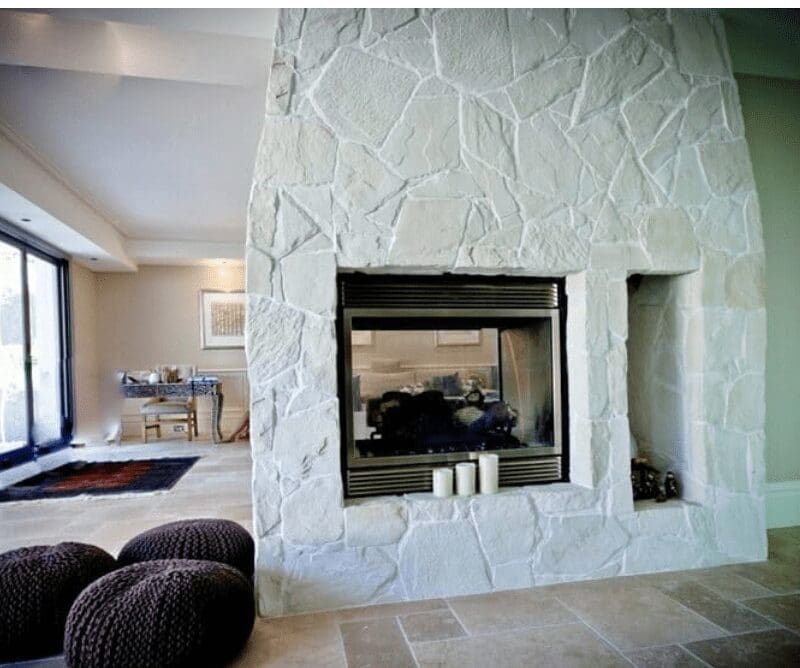
Fire Places
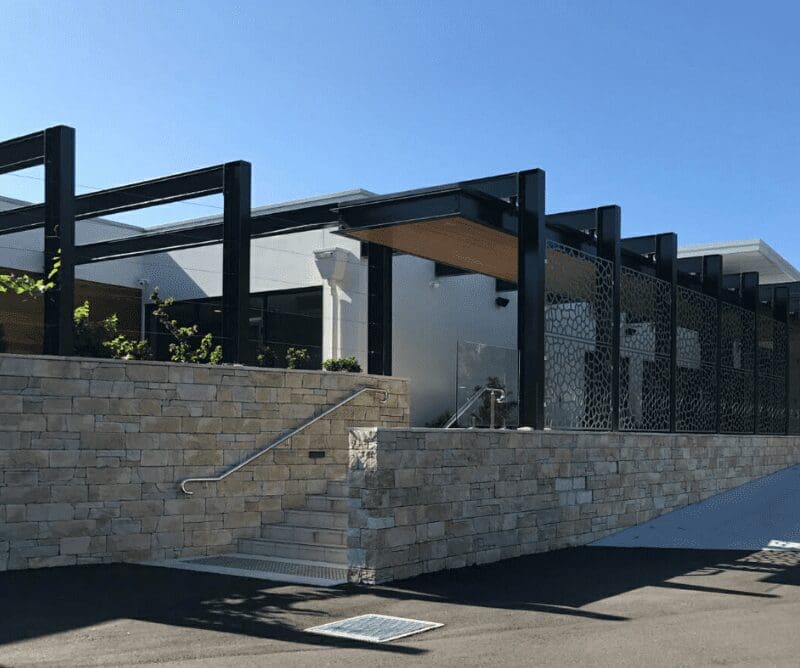
Retaining Walls
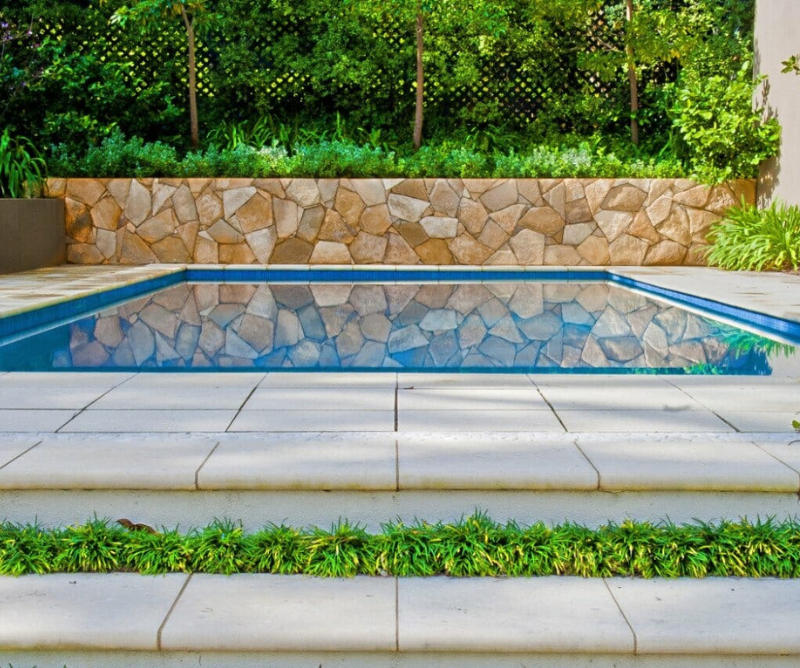
Pools & Wet Areas
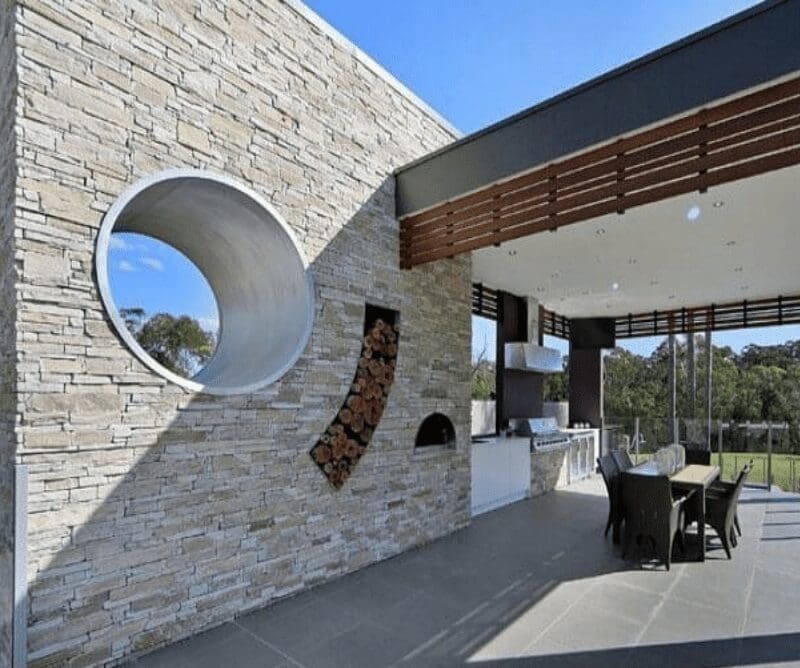
Outdoor Living
